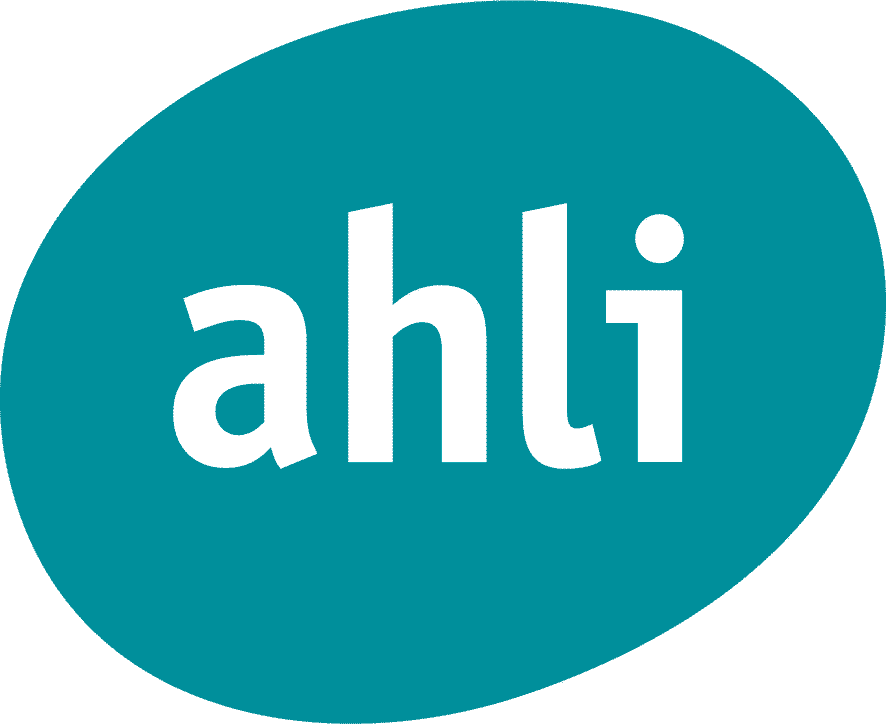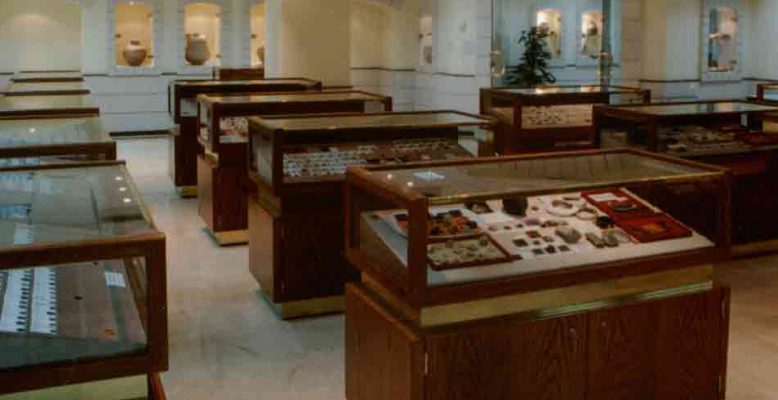ahli bank Numismatic Museum is a specialized museum with collections that span over 2,500 years. The oldest coin dates back to the year 600 B.C.E, and the latest ones include recent commemorative editions.
Numismatics is the study of coins, tokens, paper money, seals, and medals, as well as measuring tools used for trade such as weights, scales, and other related objects.
Since the commencement of its activities under the guidance and leadership of his Excellency Dr. Raja’i Muasher, the former Chairman, who had the firm belief that in addition to playing an economic role, the Bank must also play a cultural and social part towards the people it serves, the Bank has been performing its duties and responsibilities under the slogan of “actions not words”.
It is with the vision, generosity and directorship of his excellency Dr. Mu’asher, whose foresight in recognizing the historical and cultural value of Dr. Nayef Goussous collection which had been in the making for over thirty years, that he gave instructions to set up the Jordan Ahli Bank Numismatic Museum. This initiative was the embodiment of the management’s belief in the role the Museum would play in preserving the cultural heritage of Jordan. The Museum was inaugurated in early 1999, employing the expertise and knowledge of Dr. Goussous as its director,winner of the Shamma prize of the Royal Numismatic Society 1998 to guarantee the continuity of the Museum and the preservation of the collections for generations to come.
The bank’s museum is the first of its kind in the region, with collections numbering about 40,000 coins. The ideals of a collector and the wisdom and generosity of a banking institution come together to produce an excellent educational legacy beneficial to society.
The Jordan Ahli Bank Numismatic Museum’s collections span over 2,500 years. The oldest coin dates back to the year 600 B.C.E, and the latest ones include recent commemorative editions. The Museum is proud to possess one of the finest Umayyad copper coin collections in the world, having published the most important pieces in 2004 in Dr. Nayef Goussous’ book Rare and Inedited Copper Umayyad Coins. In 2014 two more books were published by the staff of the museum, “Inedited and Rare Ancient, Classical and Byzantine Coins” and “Inedited and Rare Islamic Coins”. To order a copy of one of these books, please contact the Museum staff.
In addition, the Museum has valuable collections of Mesopotamian, Phoenician, Roman, Byzantine, and Islamic weights. The Museum also has as a unique collection of Nabatean coins, including currencies from the Decapolis and Provincia Arabia. There are over 4,500 pieces on display in 25 cabinets in the Museum’s hall, and the walls are decorated with enlarged images of the coins with brief descriptions in Arabic and English for each one.
The Museum’s library contains many books and journals about the study of numismatics, and as part of its educational mission, there is also a specialized lecture hall equipped with the latest educational technical facilities.
The Museum is open to the public; visitors can enjoy the coin collections and learn about the history of the civilizations they belong to. Researchers and specialists can benefit even more from the collections and library through regular visits and assistance from the Museum staff.
Location
The Jordan Ahli Bank Numismatic Museum is located in same building of the bank’s headquarters, in Queen Noor Street, Shmeisani. The Museum is open to the public for free during weekdays from 9:00 A.M. till 3:00 P.M., and is closed on weekends and on national and religious holidays.
Contact Us
- Telephone: 00962-6-5687090 ext. 3729
- Fax: 00962-6-5685848
- Email: museum@ahlibank.com.jo





